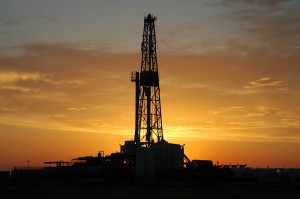 Last year, significant growth in natural gas production combined with low demand – due to a warm winter – caused natural gas prices to plummet below US$2 per thousand cubic feet. This benefited consumers, but forced some energy companies to abandon gas drilling programs and put significant pressure on their budgets, most notably Chesapeake Energy Corp. The decade-low prices also facilitated a transition in electric power generators from coal to gas, and in some cases nuclear to gas. However, according to EnergyWire, some analysts, like James Sullivan of Alembic Global Advisors, believe that this short-term electricity fuel transition has maxed out, and if this winter isn’t cold enough, expected increases in gas production won’t be met by demand.
Last year, significant growth in natural gas production combined with low demand – due to a warm winter – caused natural gas prices to plummet below US$2 per thousand cubic feet. This benefited consumers, but forced some energy companies to abandon gas drilling programs and put significant pressure on their budgets, most notably Chesapeake Energy Corp. The decade-low prices also facilitated a transition in electric power generators from coal to gas, and in some cases nuclear to gas. However, according to EnergyWire, some analysts, like James Sullivan of Alembic Global Advisors, believe that this short-term electricity fuel transition has maxed out, and if this winter isn’t cold enough, expected increases in gas production won’t be met by demand.
According to a recent NERA Economic Consulting report, commissioned by the DOE, one solution would be to export the gas as liquefied natural gas (LNG). Across a multitude of scenarios examined in the report, “The U.S. was projected to gain net economic benefits from allowing LNG exports. Moreover, for every one of the market scenarios examined, net economic benefits increased as the level of LNG exports increased.”
What are the biggest hurdles preventing energy companies and the American economy from capitalizing on increased natural gas production? What are possible solutions?
The concept of using domestic natural gas as exported LNG is not the most effective option from a U.S. or global perspective. It is very costly to liquefy natural gas… Read more »
Henry is absolutely correct that our exporting the current natural gas surplus in North America as LNG is a terrible policy choice. Just to begin, the day that the DOE… Read more »